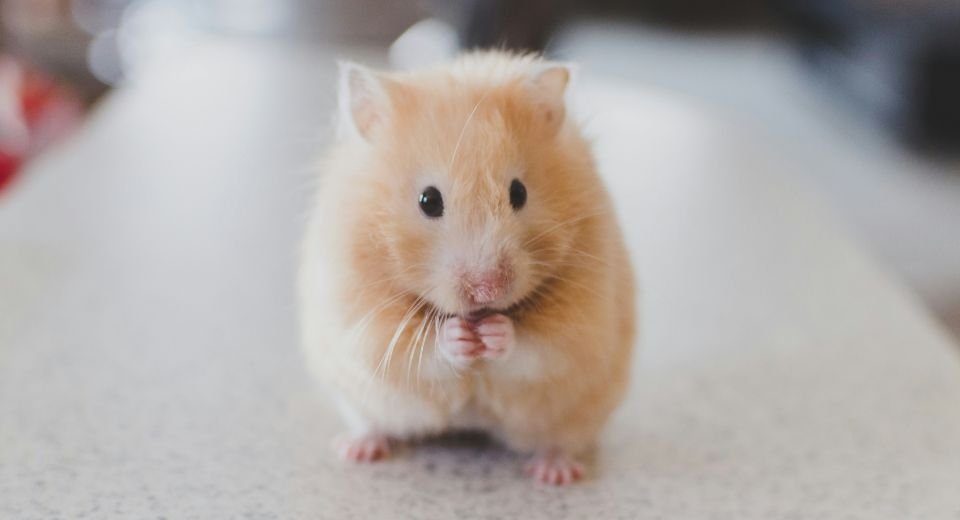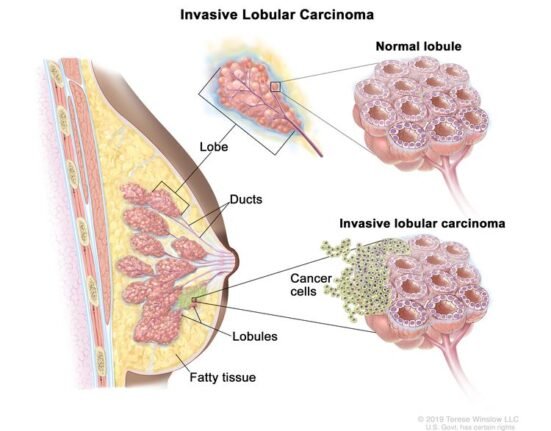HQ Team
February 29, 2024: The smell of female mice may reduce the lifespan of a male mouse and accelerate its reproductive ageing, according to a study published in the Royal Society, a journal of the independent scientific academy of the UK.
Researchers from Australia and New Zealand found that when male animals spent their adulthood sniffing bedding previously used by females, they produced fewer litters in their old age, even if they had mated and sired offspring earlier in life.
Although male mice that mated tended to live longer than those that didn’t, those that were exposed to an additional female’s smell during mating were more likely to die early, the authors wrote.
“In addition to the pro-ageing effect of female odour exposure on male fertility, we observed that exposure to female odours modified the effects of mating on male mortality.”
Reduced late-life fertility
The study found that males exposed to female olfactory cues from middle- to old age — from 10 to 24 months of age — showed reduced late-life fertility. Those exposed to female odours in conjunction with mating also showed an increased mortality rate across the exposure period.
This indicated that olfactory cues from females can increase male mortality in some environments.
At 24 months of age, all males, regardless of prior social environment, were paired with two young females and assessed for fertility over 64 days.
By 24 months of age male reproductive senescence is usually observable in male mice, about a male’s ability to sire litters, the number and quality of sperm produced, and investment in olfactory sexual signalling. Mating without additional odour exposure tended to reduce male mortality compared to unmated males without odour exposure.
Mating with additional odour exposure reversed this effect and led to males showing increased mortality compared to other groups.
Amount of energy
The degeneration in fertility and late-life function, which causes increased mortality with age, was linked to early-life investment in growth and reproduction.
This linkage is partly a consequence of trade-offs between life-history traits, such as between current and future reproduction, and between current reproduction and lifespan. “A dominant theory is that these trade-offs occur because of limitations in the allocation of a limited resource, for example, allocation of finite amounts of energy.
The second hypothesis was the presence of senescence and apparent trade-offs between early- and late-life functions may be linked to the evolutionary selection of functions that drive early-life growth and fertility.
“It would also be of interest to understand the physiological causes for reduced late-life fertility in males exposed to female odours. These males had equivalent sperm counts to animals not exposed to female odours and similar testicular pathology scores,” according to the authors.








